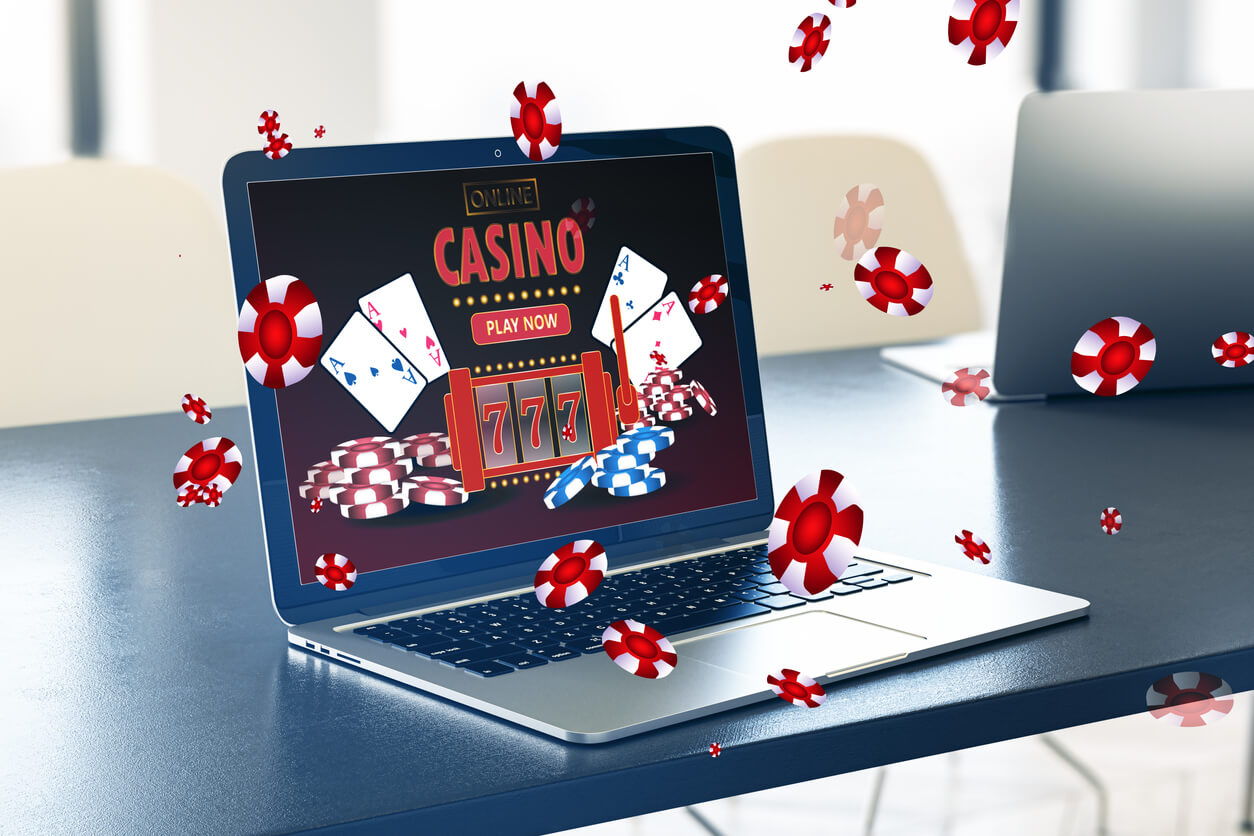
In a lively and exciting world of casinos, wherein luck and strategy intertwine, hues and design play a critical role in drawing in gamblers. As soon as visitors step inside a casino or access a gaming website, they are enveloped in a visual feast that grabs their attention and entices them to discover more. Vivid colors, captivating graphics, and innovative layouts are meticulously crafted to create an atmosphere of excitement and anticipation, ultimately improving the gaming encounter.
While players move through the ever-changing landscape of casino games, they encounter a range of designs that not only serve aesthetic purposes but also influence feelings and decision-making. Hues like red and gold symbolize riches and luck, while soothing blues and greens can create a much relaxed environment. Grasping how these elements work together enables casinos to create an welcoming and stimulating atmosphere that encourages players to engage with the games, spend more time at the tables, and increase their general enjoyment.
The Study of Color in Casino Games
Hue plays a key role in the design of gambling games, influencing player emotions and actions. Bright and striking hues, such as scarlet and amber, are often used to incite excitement and attract attention. These shades create a sense of urgency and dynamism, encouraging participants to involve themselves more enthusiastically with the game. By intentionally selecting hues, designers aim to evoke feelings of pleasure and excitement, which can enhance the overall player experience.
Distinct colors also have psychological meanings that can impact how gamblers perceive their chances of winning. For example, lime is often associated with fortune and prosperity, making it a frequent choice in games like the roulette wheel and poker tables. This association can lead players to feel more hopeful and assured in their gameplay, ultimately inspiring them to bet more. Comprehending these links allows game creators to design environments that enhance player satisfaction and retention.
Moreover, the layout of gaming interfaces often employs gradients and opposing colors to instruct player actions. For instance, successful combinations may be emphasized with vivid, differing shades, creating a visual cue. casino en ligne argent réel This method strengthens positive outcomes and encourages repeated engagement. By leveraging the science of color, gambling establishments can develop activities that not only attract participants but also keep them interested and committed in their gaming experience.
Design Features that Attract Players
The visual appeal of casino games is primarily influenced by the implementation of vibrant colors. Lively and striking colors are deliberately chosen to create an inviting atmosphere that captures attention. For instance, reds and golden hues often signify good fortune and prosperity, which is why they are prevalent in the palettes of slot machines and game surfaces. These colors not only attract players in, but they also stir emotions related to thrill and anticipation, enhancing the total gaming experience.
In parallel to color, the design and layout of casino games play a significant role in player attraction. Games are designed to be user-friendly, ensuring that players can easily understand the guidelines and mechanics. Accessible interfaces, along with engaging graphics and motion, help maintain gamer interest and promote extended play sessions. The tactile elements, such as the feel of the controls and the audio of the games, also contribute to a holistic sensory experience that keeps players engaged.
In conclusion, thematic elements in game design can significantly influence gaming decisions. Many gambling games are inspired by popular culture, fairy tales, or exploration motifs, featuring symbols and characters that resonate with players. These themes create a sense of engagement and connection, making each game feel distinct. When players feel a bond to the concept, they are more likely to opt for that game over others, leading to higher participation and excitement within the casino environment.
Case Studies: Successful Casino Slot Designs
One prime example of effective gambling game design is the popular slot machine series based around blockbuster movies. Games such as those based on the Wizard of Oz and Game of Thrones utilize dynamic colors and top-notch graphics to engage players in well-known narratives. The employment of dynamic visuals and entertaining sound effects captures the attention of players, building an psychological connection to the theme. This approach merely promotes longer play but also enhances the overall gaming experience, resulting in increased player retention.
Another effective case is the use of color in table games like 21 and roulette. Casinos often create these games with dark reds and greens, colors traditionally associated with luck and wealth. For instance, the green felt on a blackjack table provides a calming effect, while the crimson accents in roulette invite anticipation. This thoughtful use of color helps to create an inviting atmosphere that stimulates players to participate, fulfilling their psychological impulses and boosting their enjoyment.
Finally, social casino games that include community features and vivid, lively designs have experienced remarkable success in engaging players. Games like Zynga’s Poker and Slot-O-Mania leverage bright colors and playful animations to create an inviting online environment. The addition of leaderboards, community sharing options, and in-app rewards fosters competition and community, pulling players in for longer sessions. Such designs not just make the games visually appealing but also emphasize social connectivity, a crucial factor in player retention and engagement within online casino environments.